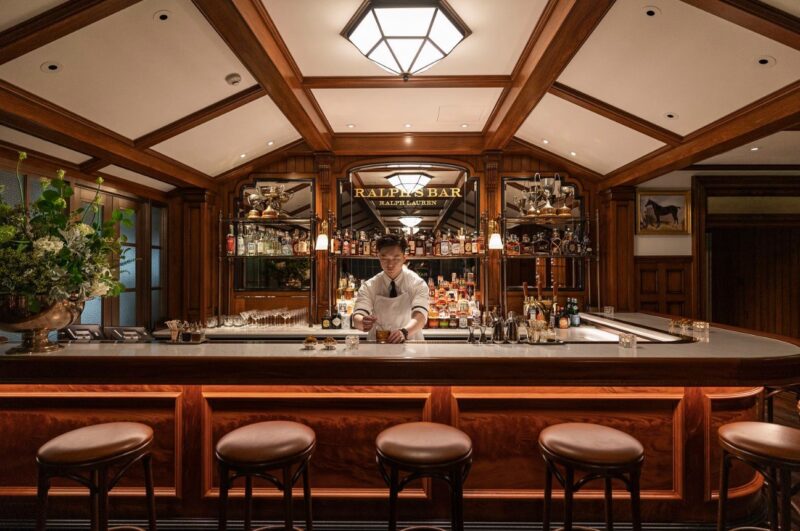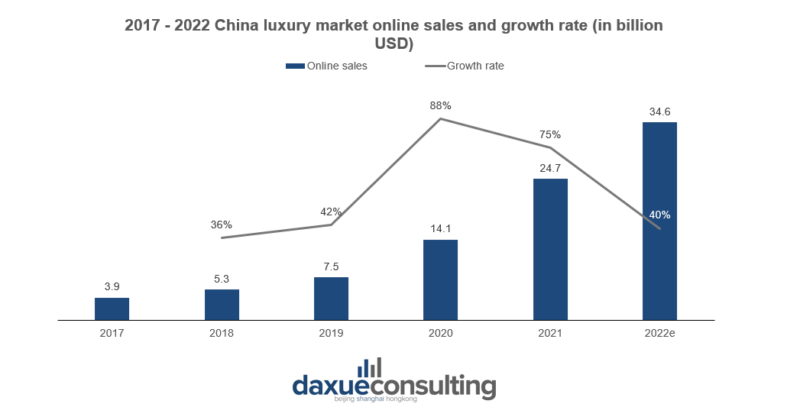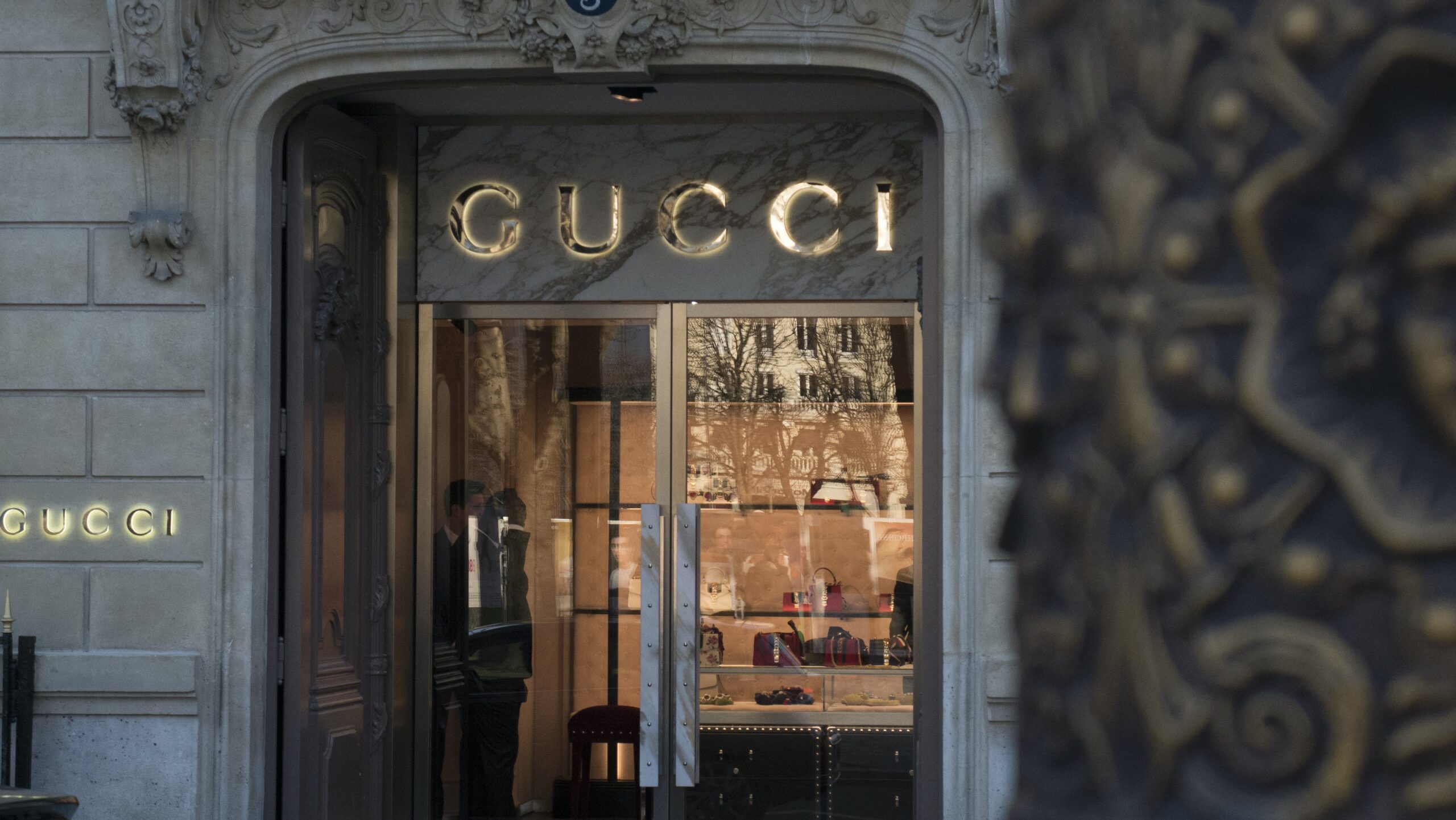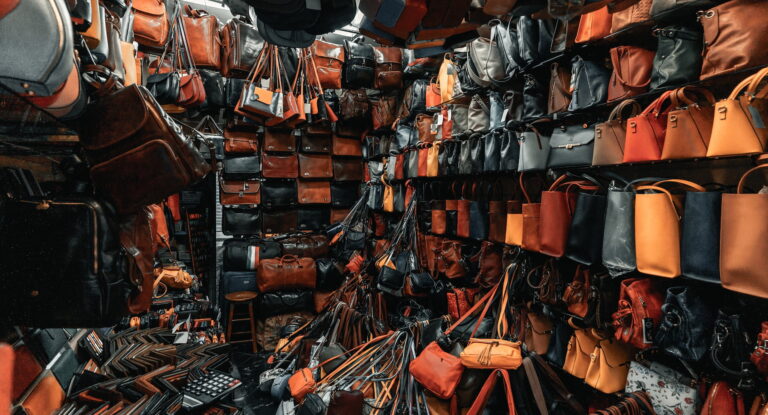Luxury brands are venturing outside of their core market segment, especially when it comes to Asia. Beyond expanding into fashion-related sectors, such as beauty and jewelry, several luxury fashion brands decided to tap into the F&B industry. In 2015, Gucci made the move to open a restaurant called “1921 Gucci Café” in Shanghai’s luxury shopping mall IAPM, which is its first full-service restaurant in the world other than the Gucci Café inside the Gucci Garden in Florence. Following Gucci, other luxury brands also started to set foot in new market segments in the Chinese market. For instance, Ralph Lauren chose Beijing to open its first coffee shop in 2021 and its first restaurant bar in the Asia-Pacific area in Chengdu in 2022.

With luxury brands’ core fashion business getting saturated in China, setting up cafés and restaurants serves various purposes for high-end fashion brands. From a marketing point of view, luxury brands’ F&B (food and beverage) outlets help enhance public awareness and online buzz, due to their social media-friendliness. Apart from expanding their connections with their existing customers outside of the traditional shopping experience, entering the F&B scene also allows luxury brands to expand the opportunities for luxury brands to attract new audiences and eventually increase their customer base to boost revenues in the long run. Therefore, it is important for brands and marketers to understand how luxury brands expand into new market segments and the challenges and risks luxury brands are facing under the uncertainty of a global pandemic.
COVID-19 has put China’s middle-class luxury purchasing plans on hold
Having the world’s largest middle-class population, China exhibits great purchasing potential and opportunities for luxury brands. However, the repeated lockdowns due to the zero-COVID strategy have put China’s middle-class luxury purchasing plans on hold. On the other hand, the upper-middle class consumers, who are hardcore luxury shoppers are hardly impacted. As Burberry’s chief operating and financial officer, Julie Brown, has anticipated earlier this year that there might be a rebound in the next few months. However, it could take more time than expected.
Under strict lockdowns, it can be very difficult for retailers and restaurants to survive. Although F&B helps diversify luxury brands’ revenue sources, it is still highly dependent on how COVID-19 develops in the country and the measures being undertaken. According to Ladymax, Shanghai’s luxury shopping mall Plaza 66 saw a decrease of 17% in rental income and its luxury tenants’ total sales fell by 38% in the first half of the year 2022. Therefore, the outlook of luxury brands in China could be uncertain, which may lead to a reconsideration of partnerships with F&B retailers.
The pandemic has accelerated luxury brands’ move to digitalization
The global pandemic has not only affected Chinese luxury consumers’ purchasing plans, but also the way Chinese luxury shoppers make their purchases. The ongoing lockdowns and the lack of face-to-face contact are forcing luxury brands to accelerate digital transformation in the Chinese market. According to Yaok Group’s research, the online sales of China luxury goods are estimated to reach 34.6 billion US dollars (around 241 billion RMB) in 2022, an increase of 40% from the past year.
According to a survey conducted in 2021, around 43% of Chinese respondents claimed to have completed their luxury purchases during live stream sessions, and they are predicted to increase to 60% in the future.

Opportunities and challenges luxury brands might face when diversifying their business
The fusion of luxury and food, as well as the integration of online and offline elements, provide Chinese luxury consumers with a richer shopping experience and an enhancement of the online presence of the brand, which is an opportunity for luxury brands to refresh their brand image and reconnect with Chinese consumers. However, it could be quite challenging for brands to make the move to expand into a whole new market segment. For example, diversifying into F&B requires brands to find the right partner to operate their cafés/restaurants, as it is a completely different business. Therefore, expanding their business in the F&B sector could bring new challenges for luxury fashion brands, in terms of management, logistics, etc.
Luxury fashion brands meet the F&B industry
- Many luxury fashion brands have decided to tap into the F&B market in China to expand their business beyond their existing fashion line in recent years. This move is meant to rejuvenate their brand image and connect with Chinese consumers by providing a shareable online and offline experience.
- Diversifying into new market segments could untap various challenges and risks for luxury brands, such as finding the right partner to cooperate with.
- The pandemic has also brought uncertainties to the Chinese market, which could lead to a reconsideration of expanding into new market segments for luxury brands.
- Challenges aside, Chinese luxury consumers have increasingly moved their purchasing online, which accelerated the digital transformation of luxury brands.





